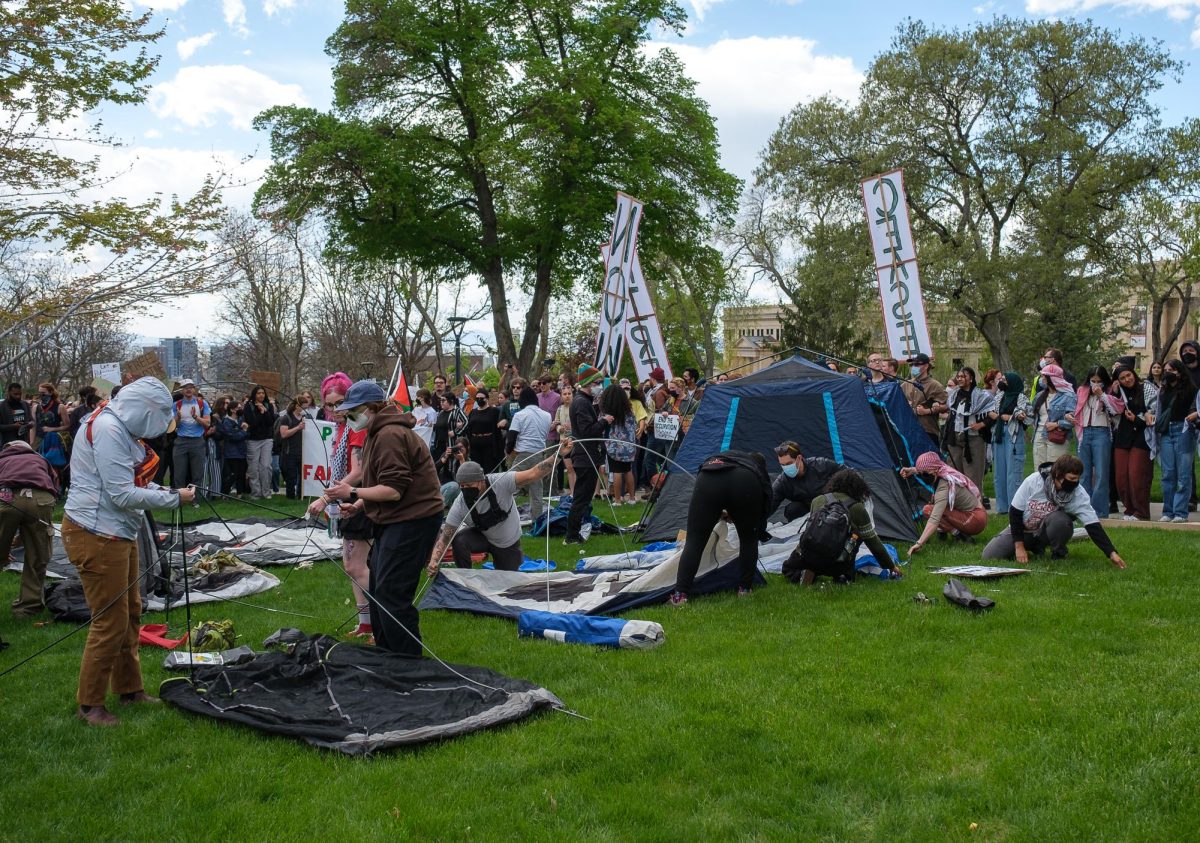Right now an important battle is playing out in the West that deserves the nation’s attention. It revolves around the question of whether the sage-grouse, a bird which is closely associated with the West, should be put on the endangered species list.
Once a species is put on the endangered species list, it is put under the management of the United States Fish and Wildlife Service (FWS). Although alternative plans have been introduced by a coalition of companies and communities that would be affected by the decision, they lack one crucial piece of the puzzle. The coalition lacks viable ways to execute the ideas proposed within the plan, either because the agencies needed to enforce the plan are nonexistent or the agencies simply don’t have enough resources to ensure the plans are carried out properly. On the other hand, placing species on the endangered species list has an immediate positive impact on their long-term survival because both the species and the habitat that the species depends on are protected.
Although both parties clearly have a vested interest in conserving the sage grouse population, the FWS is far more qualified. While the FWS may be far from perfect, it has a strong track record of saving species when compared to the coalition. According to the Center for Biological Diversity, “99 percent of the species” protected by the endangered species act have not gone extinct, with many actually recovering and being removed from the endangered species list. Some of the animals successfully saved by the FWS include the American crocodile and wolves. On the other hand, the coalition has no experience saving species from extinction. With the fate of a species hanging in the balance, this is not the right time to put a newly formed and inexperienced coalition in charge. The FWS is also made of scientists and federal employees whose only priority is to save the species. This stands in stark contrast to the coalition, which is made up of oil and gas companies and ranchers who have other interests besides preserving the sage-grouse.
A viable solution to the problem that involves both parties would be to have the FWS take over managing the sage-grouse population until it reached a point where it could afford to lose some members of the population. Once it reached that point, the FWS could hand over control to the coalition for a trial period. If the population dropped too dramatically while the coalition was in charge, the FWS would take over managing the sage-grouse population permanently. This plan allows the coalition to have a shot at permanently managing the sage-grouse population, while preventing the sage-grouse population from going extinct when the coalition makes a mistake. Although it may seem like a reasonable plan, many Western communities oppose it because the first step involves handing over management of the sage-grouse population to the FWS.
A common concern brought up by the coalition opposing FWS intervention is the negative economic impact of the red tape and government bureaucracy that would spring up as a result of the decision to list the sage-grouse as endangered. But the economic hit these communities would sustain pales in comparison to the value they would be preserving. Those communities would be preserving the life of a unique species that cannot be found anywhere else in the universe. Life is too valuable to be appraised in dollar amounts. By preserving sage-grouse, humanity is preserving what makes this planet unique, which is worth fighting for. As humans, it is our responsibility to preserve as many species as we can because we are responsible, in most cases, for their decline. Having a large brain does not give us the right to play God and determine which species survive and which don’t. All organisms, no matter how small or large, deserve a chance to live and thrive, unimpeded by human interference.











